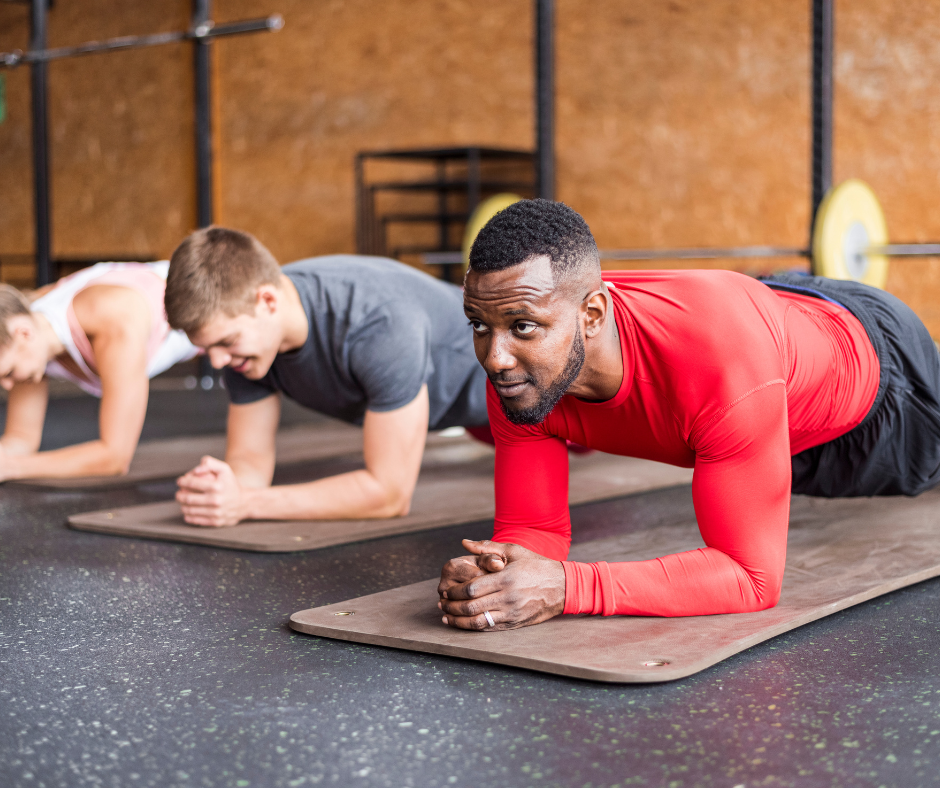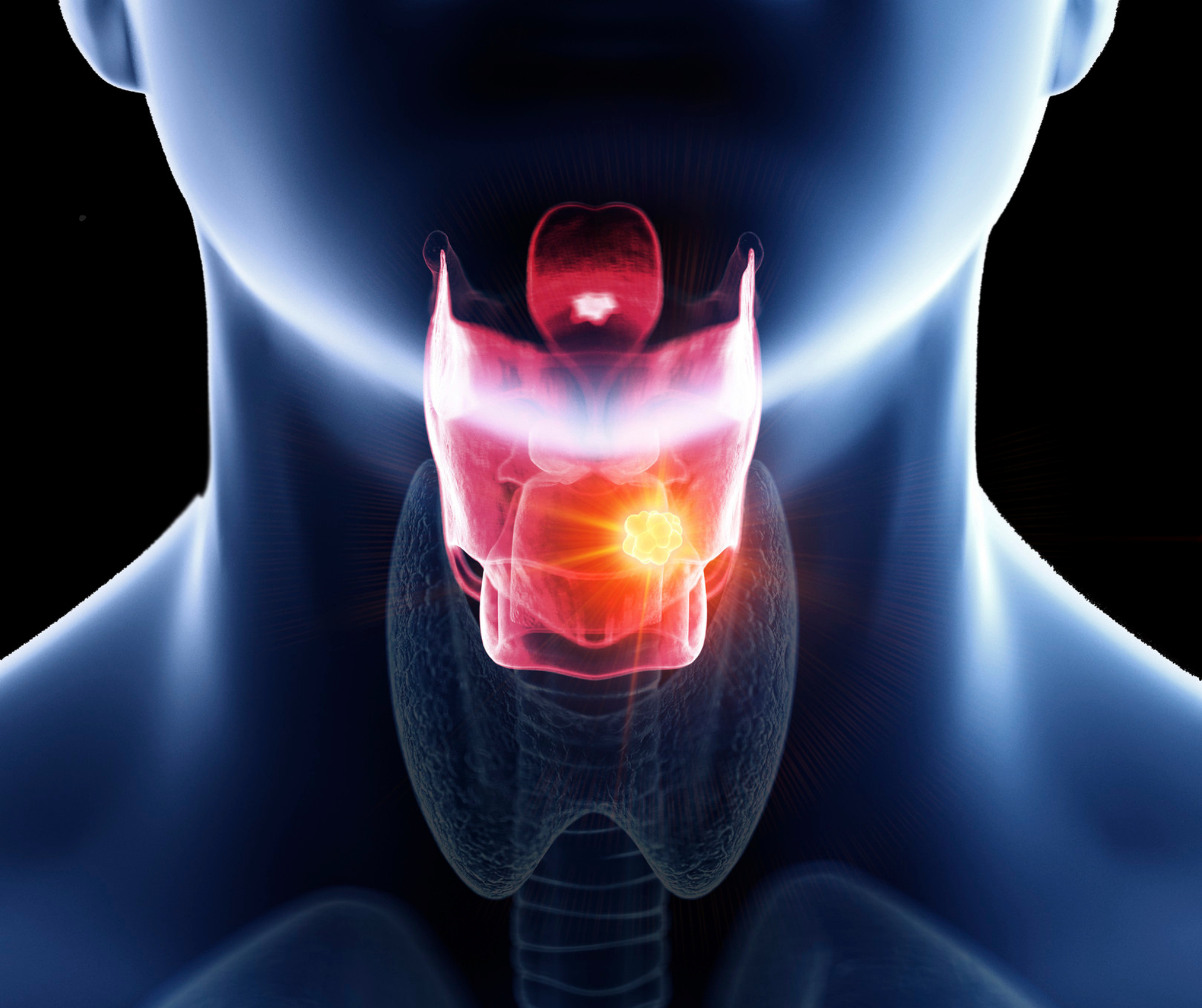Strength Testing: How Strong Are Your Hip Muscles?
Healthy hip muscles are crucial for balance, stability, and overall mobility. Whether you're an athlete, or simply someone looking to maintain a healthy lifestyle, the strength of your hip muscles plays an integral role. Here, we'll explore some simple ways to assess and enhance the strength of your hips with key exercises.

Why Focus on Hip Strength?
Hip muscles support the pelvis and spine, help in movements like walking, running, and bending, and are essential for maintaining balance. Weak hip muscles can lead to a higher risk of injuries, lower back pain, and imbalances in bodily movements. Strengthening these muscles better athletic performance, improved daily functioning, and reduced pain.
Testing Your Hip Strength
Before diving into strengthening exercises, it's beneficial to assess the current strength of your hip muscles. This can highlight any imbalances or areas needing attention. Here are some simple tests and exercises that you can try:
1. Front Plank with Leg Lift
The front plank is a core-strengthening exercise that also engages your hip muscles. To add a challenge:
- Start in a standard plank position.
- Lift one leg off the ground and hold.
- Aim to maintain this position for more than 30 seconds on each side.
This variation not only tests your abdominal and hip muscle strength but also checks for balance and endurance.
2. Side Plank for Abductors and Glutes
This exercise focuses on the outer thigh and glute muscles:
- Begin in a side plank position.
- Elevate your top leg and hold the position.
- See if you can maintain this for more than 30 seconds on each side.
Elevating the leg increases the challenge, helping to strengthen key hip muscles.
3. Side Plank for Adductors
To target the inner thigh muscles:
- Start in a side plank position similar to the abductor exercise.
- This time, focus on keeping your form tight while raising your top leg.
- Aim for holding this position for over 30 seconds on each side.
This exercise is excellent for strengthening the adductors, which are critical for hip stability and alignment.
4. Bridge with Leg Lift
The bridge is a well-known exercise for the glutes and lower back:
- Lie on your back with your knees bent and feet flat on the ground.
- Lift into a bridge position, then raise one leg.
- Hold this position for more than 30 seconds on each side.
This tests and builds your glute and hamstring strength, supporting the lower back and hips.
Strengthening Your Hip Muscles
If you discover any weaknesses during these tests, don't worry! These exercises are not only good for testing but also for strengthening your hips. Regular practice can help build endurance and muscle, improve balance, and prevent injuries.
When to Seek Professional Help
If you're struggling with hip pain or finding it challenging to perform these exercises, professional guidance can be invaluable. Seeking advice from a
physiotherapy expert can provide tailored exercises and support to enhance your hip strength safely and effectively.
Contact Chelmsford Physio
For more advice on hip strength or if you need personalised assistance, don't hesitate to reach out. Contact
Chelmsford Physio today, and let's work together to keep your hips strong and functional, supporting a happy, active lifestyle.



